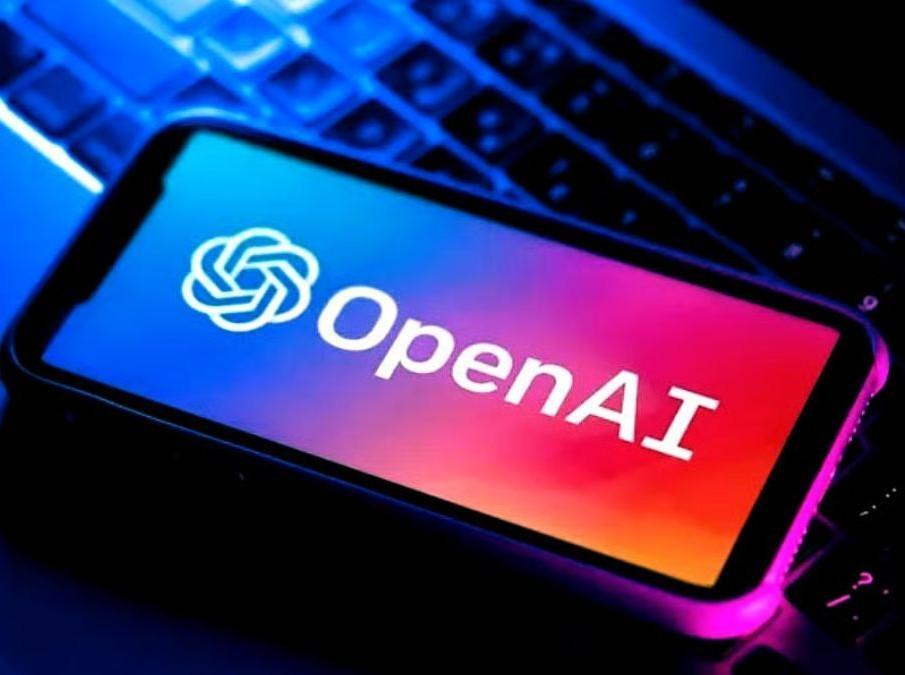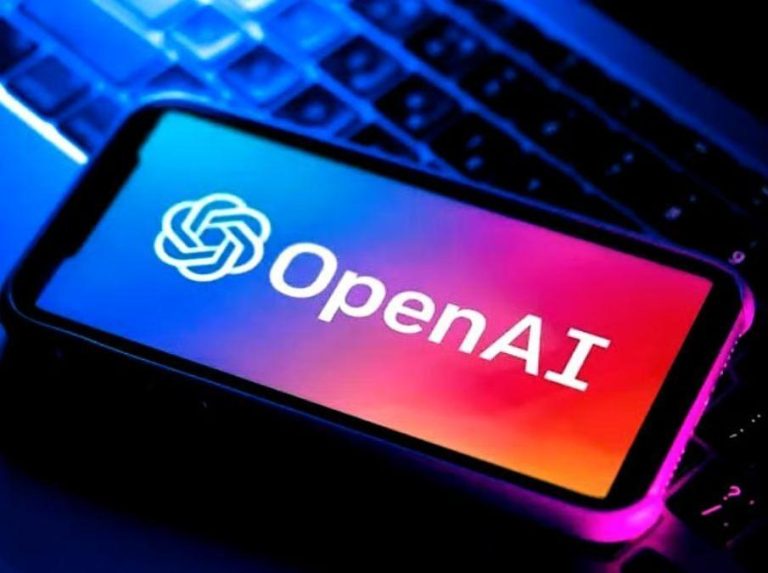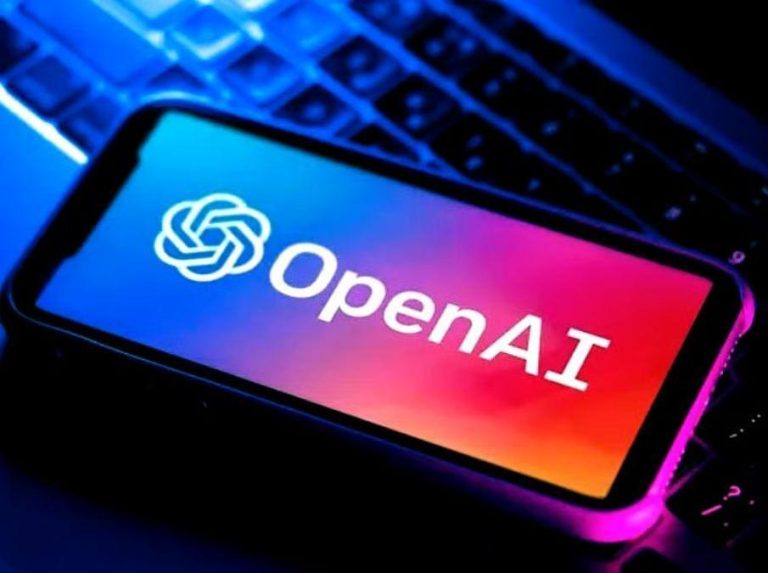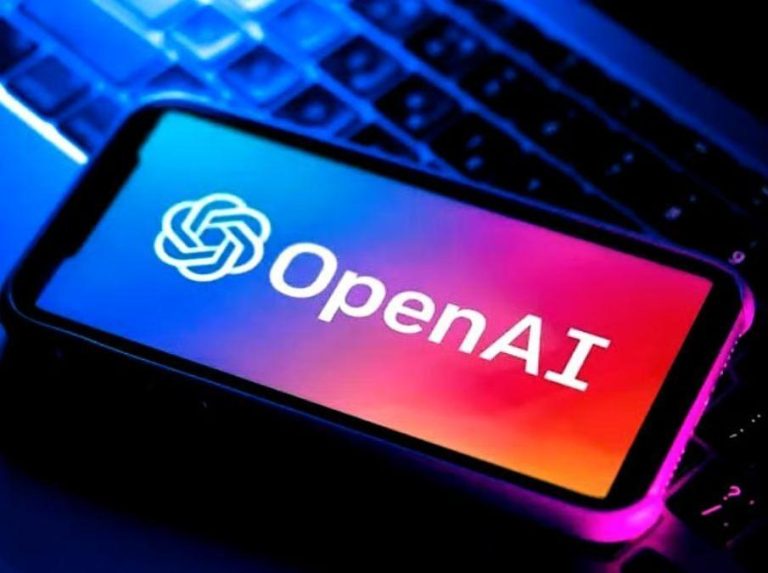
OpenAI Releases Downloadable AI Models for Public, Offline Use
In a groundbreaking move, OpenAI has made two AI models available for download, allowing anyone to run them on their own computer without the need for internet access, expensive subscriptions, or even permission from the organization. This marks a significant shift in the way AI models are made accessible to the public, giving users more control and autonomy over their data.
The two models released by OpenAI are called gpt-oss-120b and gpt-oss-20b. These models are based on the transformer architecture, a type of neural network that has been widely used in natural language processing tasks. The “gpt” in the model name stands for “generative pre-trained transformer,” which indicates that the models are designed to generate human-like text.
The release of these models is significant because it allows users to run them on their own computer, without the need for an internet connection. This means that users can process and analyze data locally, without relying on cloud-based services or expensive hardware. This is particularly important for organizations that work with sensitive data, as it allows them to maintain control over their data and ensure that it is processed and analyzed in a secure environment.
Another significant aspect of this release is that it is the first time since 2019 that OpenAI has made its full AI model available for download. Prior to this, OpenAI’s AI models were only available as cloud-based services, which required users to upload their data to the cloud and process it remotely. This limited the ability of users to control their data and process it locally.
The release of these models is also significant because it marks a shift in the way AI models are made accessible to the public. In the past, AI models have been made available to the public through cloud-based services, which required users to upload their data and process it remotely. This limited the ability of users to control their data and process it locally. The release of these models allows users to run them on their own computer, without the need for an internet connection, which gives them more control and autonomy over their data.
The gpt-oss-120b model is a smaller version of the original gpt-oss model, with 120 billion parameters. It is designed to be more efficient and faster than the original model, making it more suitable for use in real-world applications. The gpt-oss-20b model is a smaller version of the gpt-oss-120b model, with 20 billion parameters. It is designed to be even more efficient and faster than the gpt-oss-120b model, making it more suitable for use in real-world applications.
The release of these models has significant implications for a wide range of industries, including healthcare, finance, and education. In healthcare, for example, the models could be used to analyze medical data and identify patterns and trends. In finance, the models could be used to analyze financial data and make predictions about future market trends. In education, the models could be used to analyze student data and identify areas where students may need additional support.
The release of these models also has significant implications for individuals who want to use AI in their personal and professional lives. For example, individuals could use the models to generate text, such as articles or blog posts, or to analyze data and make predictions about future trends. The models could also be used to improve language translation and to generate natural language text.
In conclusion, the release of the gpt-oss-120b and gpt-oss-20b models by OpenAI is a significant development in the field of AI. It allows users to run AI models on their own computer, without the need for an internet connection, expensive subscriptions, or even permission from OpenAI. This gives users more control and autonomy over their data and allows them to process and analyze data locally. The release of these models has significant implications for a wide range of industries and individuals who want to use AI in their personal and professional lives.






